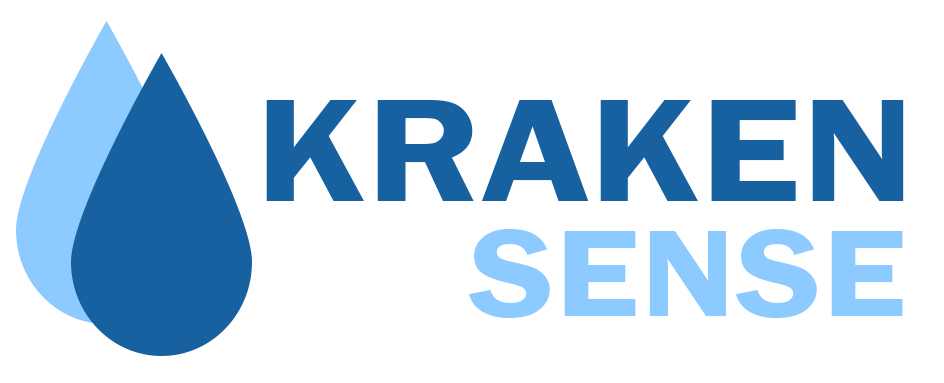Kraken Sense for Early Detection of Avian Influenza A(H5N1) in Cambodia’s Poultry and Human Health Crisis
Cambodia is facing a renewed public health threat as human infections with avian influenza A(H5N1) surge in 2025. With 12 confirmed cases so far this year, seven of them in June alone, health officials are sounding the alarm about increasing zoonotic transmission from poultry to humans. Most cases have resulted from direct contact with sick or dead backyard poultry, and six of the 12 confirmed patients have died. As outbreaks continue, the need for faster and more reliable surveillance is growing. Kraken Sense’s real-time pathogen detection technology offers a vital solution for early detection and containment, reducing risk for both communities and national health systems.
Understanding the Avian Influenza Threat in Cambodia
H5N1, a highly pathogenic strain of avian influenza, has long been monitored for its potential to cause widespread human disease. While the virus primarily circulates in bird populations, it can occasionally jump to humans, especially in rural communities where people live in close contact with backyard poultry.
Cambodia had been free of reported human H5N1 cases for nearly a decade, but that changed in 2023. Since then, the country has seen a resurgence, with 27 total human cases reported, including the 12 new infections in 2025. Recent genomic sequencing revealed that these cases involve a new reassortant strain, combining genetic material from older Cambodian H5N1 clades and the broader 2.3.4.4b lineage that’s been circulating worldwide.
While the virus has not shown evidence of sustained human-to-human transmission, health authorities are deeply concerned about the potential for further evolution, especially if surveillance and biosecurity measures remain limited.
How H5N1 Is Spreading in Cambodia
All confirmed infections in 2025 are believed to have originated from direct contact with infected poultry, primarily in backyard or village settings. Chickens that are sick or have recently died are often culled and handled without proper protective measures. These close human-animal interactions create ideal conditions for zoonotic spillover.
Symptoms of H5N1 infection range from mild respiratory illness to severe pneumonia, multi-organ failure, and even encephalitis. The case fatality rate currently stands at 50%, underscoring the severity of this virus. Young children and adults under 40 are among the most commonly affected groups.
Health officials in Cambodia have launched public health campaigns to discourage unsafe handling of poultry, but real-time data on where the virus is circulating remains limited.
How Kraken Sense Detects Avian Influenza in Real-Time
Kraken Sense’s advanced pathogen detection system uses quantitative Polymerase Chain Reaction (qPCR) to identify viruses like H5N1 in water systems, environmental surfaces, and biological fluids, within as little as 60 minutes. Here’s how Kraken Sense supports early intervention in avian influenza outbreaks:
Continuous Environmental Monitoring
Kraken Sense can be deployed in high-risk environments such as live bird markets, poultry farms, slaughter facilities, and even rural households. By sampling surfaces, water, or fluids regularly, the system identifies the presence of influenza viruses before symptoms appear or human exposure occurs. Early detection prevents further transmission from animals to people.
Instant Alerts for Rapid Response
When H5N1 or other pathogens are detected, Kraken Sense sends automated alerts to public health officials and veterinary teams. These alerts help guide containment measures such as targeted culling, community education, and quarantine protocols. Timely response limits further infection and saves lives.
The Benefits of Early Avian Influenza Detection
Real-time surveillance tools like Kraken Sense offer a smarter and more proactive approach to outbreak management in zoonotic diseases like H5N1:
Outbreak Prevention: Detecting avian influenza in poultry environments reduces human exposure and prevents spillover before it occurs.
Improved Public Health Response: Early detection enables coordinated response plans, targeted communication, and faster isolation of infected areas.
Strengthened Global Health Security: Real-time environmental monitoring supports the WHO and One Health frameworks by bridging animal and human health surveillance.
Reduced Economic Disruption: Outbreaks often lead to culling, trade restrictions, and labor loss. Preventing infections minimizes the financial burden on families and communities.
Real-World Application: Preventing H5N1 Spread in Rural Cambodia
In villages across Cambodia, poultry remain a vital food and income source. But limited access to veterinary care and protective gear puts residents at high risk. Kraken Sense can be deployed directly in rural community hubs or mobile veterinary units, offering near-instantaneous virus detection.
Imagine a local poultry market where Kraken Sense detects low levels of H5N1 on a water trough or cleaning station. Immediate alerts would allow public health teams to intervene, closing the market temporarily, distributing health guidance, and testing nearby poultry. Such a real-time response could prevent another human infection, and potentially, another fatality.
Why Kraken Sense is the Ideal Solution for Zoonotic Surveillance
Kraken Sense offers a modern solution to the very real challenge of zoonotic disease emergence in low-resource settings. Its speed, accuracy, and portability make it especially well-suited for outbreak hotspots like rural Southeast Asia.
Rapid Detection: qPCR testing identifies influenza viruses in under 60 minutes
Remote Access and Data Visualization: Monitor outbreak sites in real time
Predictive Analytics: Identify transmission patterns before they escalate
Scalable for Field Deployment: Suitable for mobile health units, farms, and clinics
Looking Ahead: Building Resilience Against Future Pandemics
Cambodia’s recent H5N1 outbreak is a reminder that zoonotic diseases remain a constant global threat. As the world continues to grapple with emerging pathogens, investments in real-time surveillance and diagnostic innovation are essential.
Kraken Sense offers a practical, science-driven tool to stop the next outbreak before it begins—empowering governments, public health officials, and rural communities to act fast, contain early, and protect lives.
Conclusion
The rise in human H5N1 infections in Cambodia is a call to action. With its real-time pathogen detection platform, Kraken Sense provides the critical tools needed to monitor environments, detect viral threats, and mount rapid responses long before the first symptoms appear. As zoonotic viruses continue to evolve, early detection is not just a benefit; it’s a necessity.
